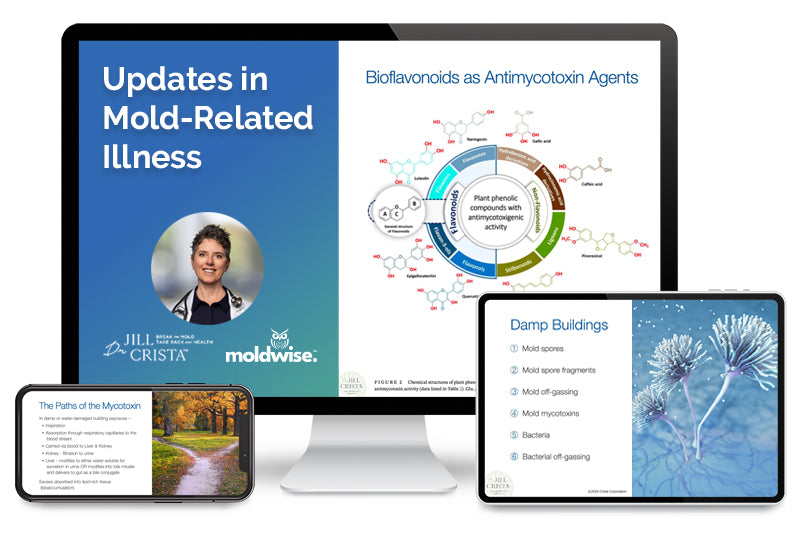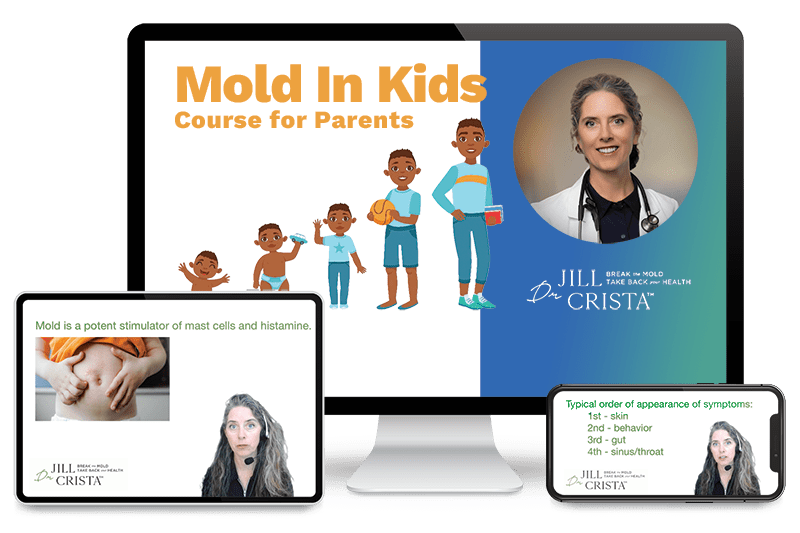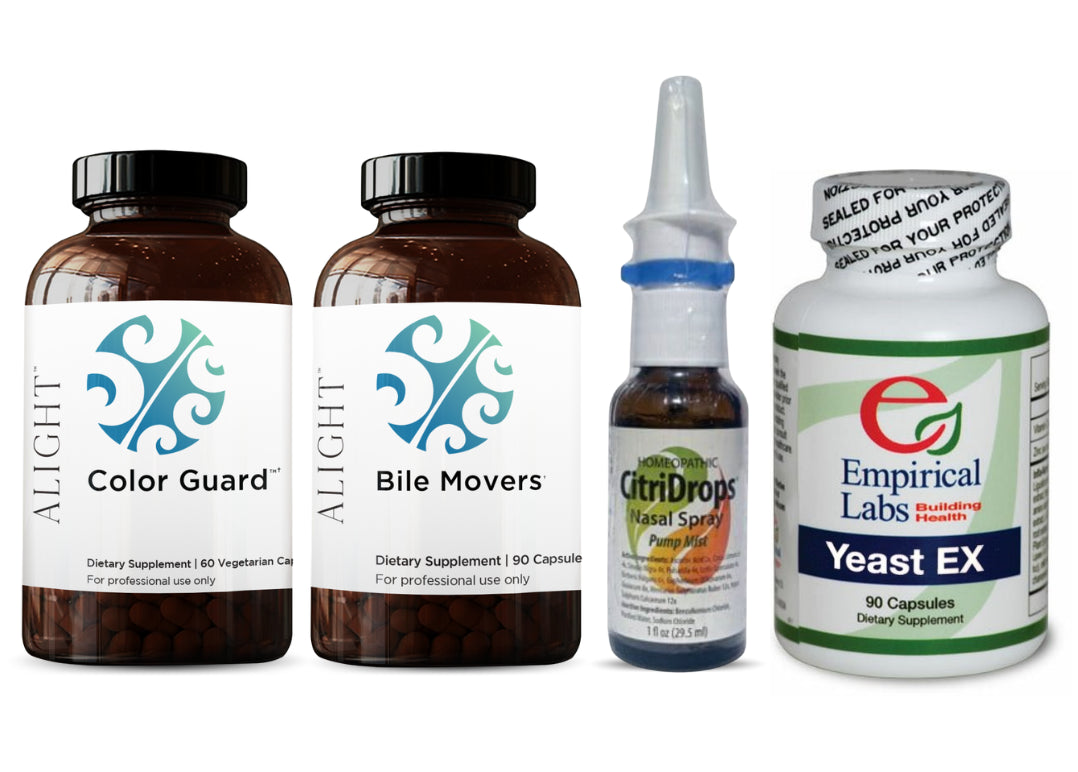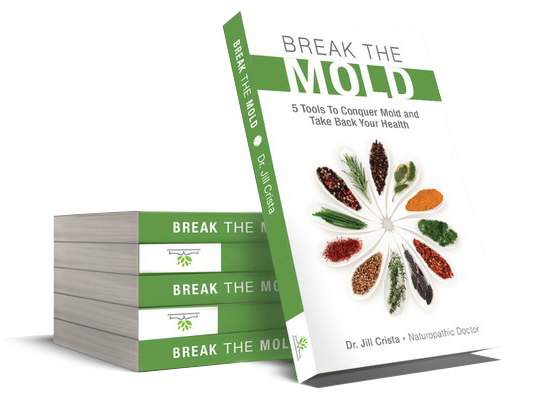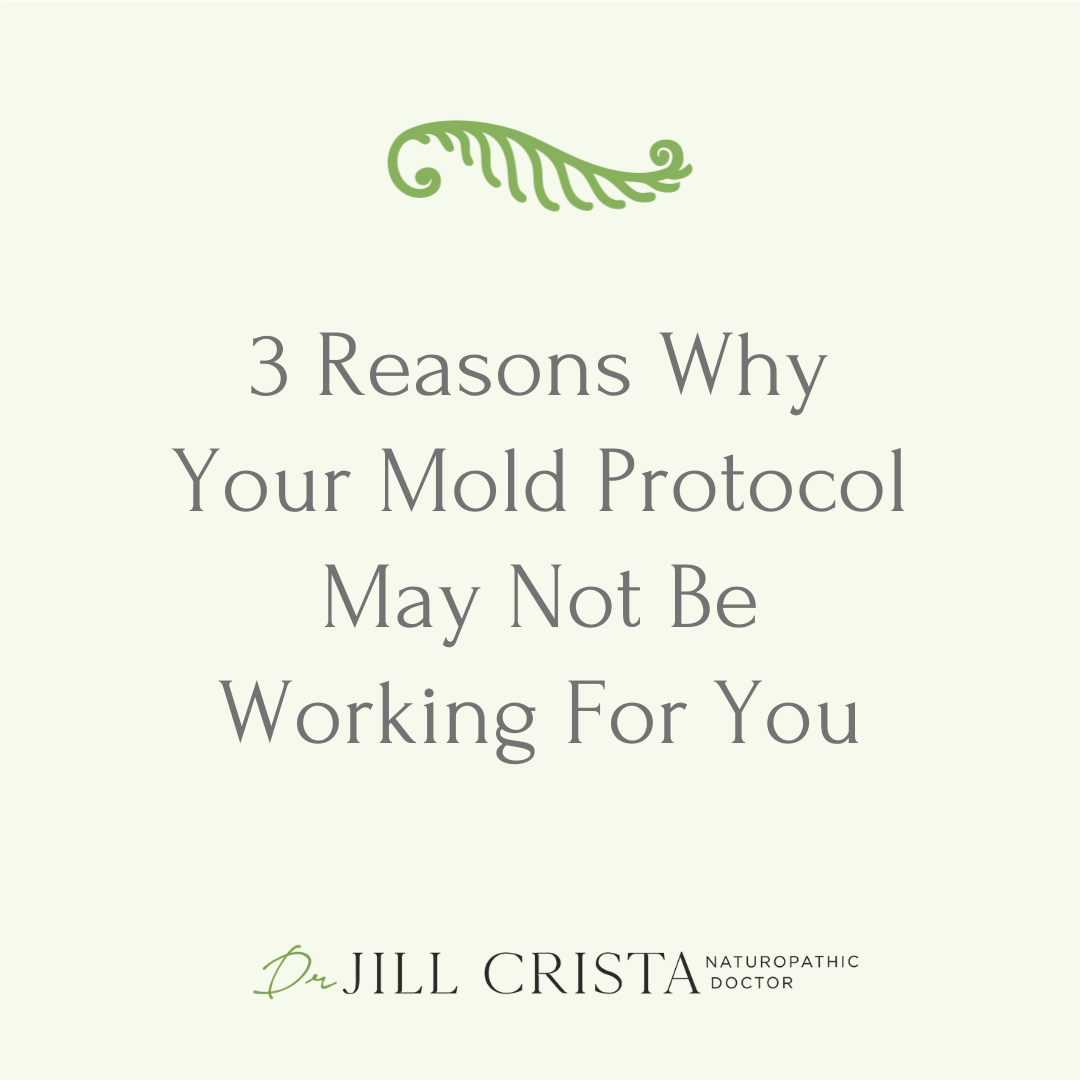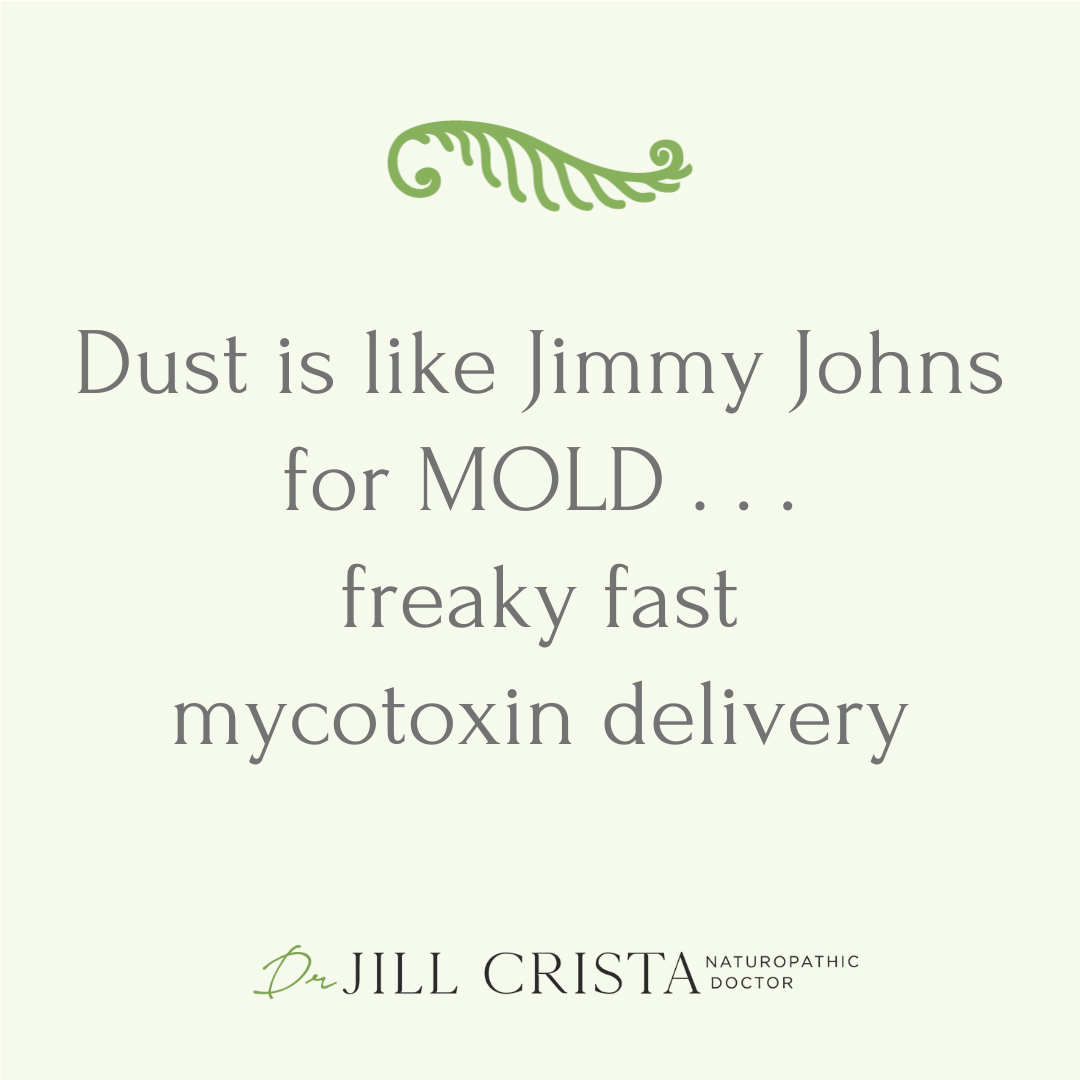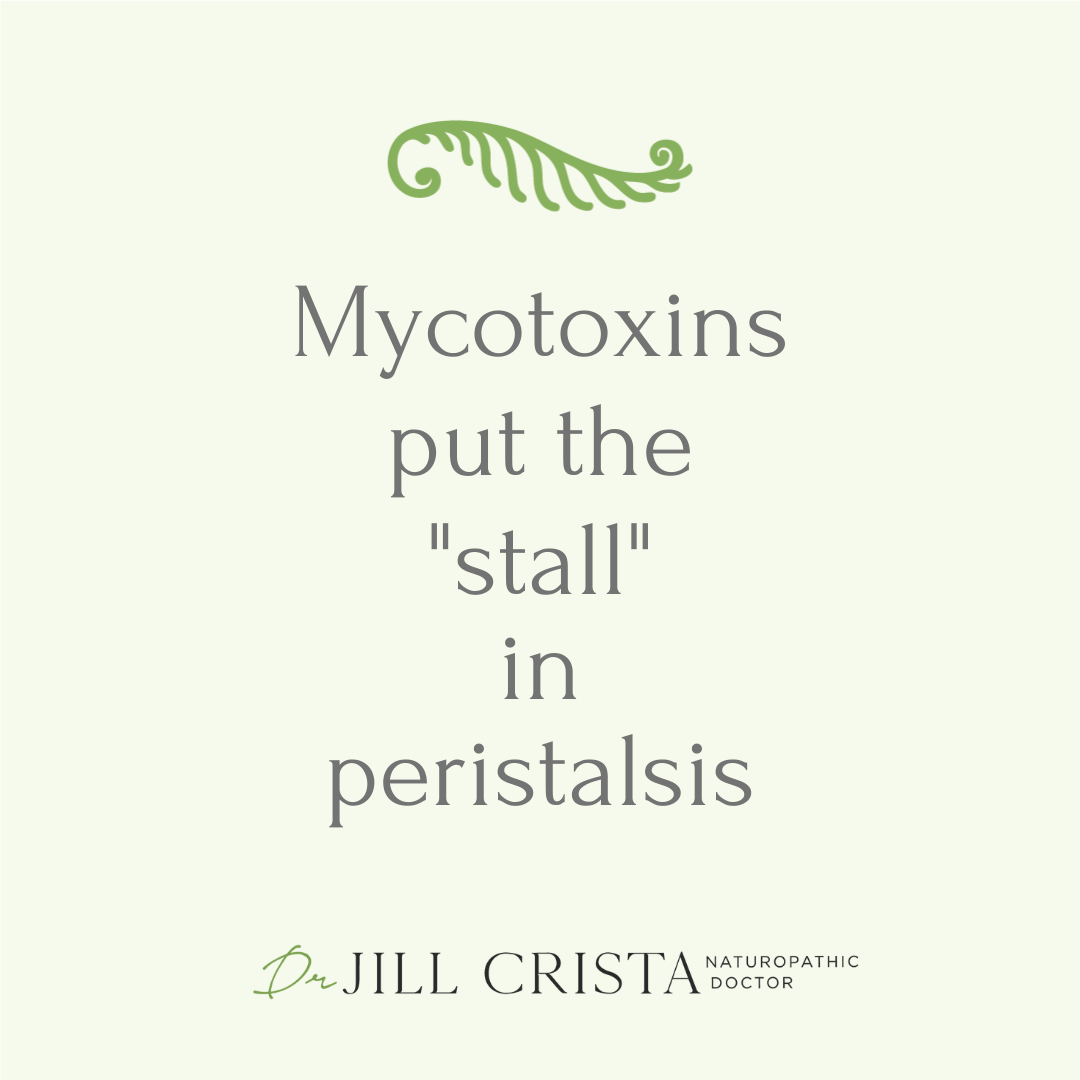


Feeling stuck, even though you’re following your mold protocol?
Hi, I’m Dr. Jill Crista, naturopathic doctor, mold expert, and author of Break the Mold. If you’re doing everything “right” and still not getting better, it may not be that your diagnosis was wrong, it may be your protocol.
In this guide, I’ll walk you through the most common reasons mold protocols stall and what you can do to fix yours. I also go deeper in my companion resource: 4 Reasons Your Mold Protocol May Not Be Working and What to Do About It.
Let’s get your recovery back on track.
Why Mold Protocols Fail
A pattern I often see is people starting to question whether they were ever mold-sick in the first place, simply because they’re not getting better. Here’s why that happens:
- Wrong Protocol Fit:You may be following a plan that doesn’t fit your body’s needs or skips essential steps.
- Overlooked Triggers: Mast cell activation, salicylate sensitivity, EMFs, or allergies may play a role, even when mold is the root.
- Missing Foundations: Bioflavonoids, bile support, or antifungals are often left out, which makes protocols incomplete.
Bioflavonoids: The Overlooked First Step
Animal studies first taught me the power of bioflavonoids in supporting mold recovery. I now see it time and again in clinical practice: when you start here, your body handles detox more gracefully. Here’s why they matter:
- Enhanced Kidney Clearance: Bioflavonoids improve the kidneys’ ability to clear out mold toxins, taking the pressure off the liver and reducing the need for binders.
- Nutrient Protection: Binders can deplete important nutrients, but bioflavonoids contribute to the nutrient pool.
- Mold Defense: They help neutralize mycotoxins and strengthen your protocol from the inside out.
Bile Flow: The Missing Link for Binders
Binders only work if they can hold on to the toxins and carry them out of the body. If you’re constipated or have sluggish bile, binders may actually make things worse. Let’s break it down:
- Constipation Risks: If you’re not pooping regularly, binders can backfire and make symptoms worse.
- Start with Pre-Binders: Use gentle bile-stimulating supports before adding full-strength binders.
- Bile is the Key: Good bile flow ensures toxins are actually carried out of the body.
This is a crucial foundation that many protocols miss.
Antifungals: The Gut-Sinus Game Changer
Mold and mycotoxins can trigger your sinus and gut flora to form protective biofilms. This is why antifungals are crucial for breaking that pattern:
- Restore Microbiome Balance: Antifungal plants help to bring back healthy flora while fighting against pathogenic biofilms.
- Counter Mold’s Effects: Mold disrupts microbial balance, but herbal antifungals support terrain recovery.
- Prevent Stagnation: Without antifungals, protocols can stall, leaving mold unchallenged behind-the-scenes, slowing progress.
How to Fine-Tune Your Mold Protocol
If you’re not seeing results, it doesn’t necessarily mean that mold isn’t the problem. It may mean that your protocol is missing something right under your nose…MOLD. Here’s how to course-correct:
- Start with Bioflavonoids: They should be your first line of defense, not an afterthought.
- Support Bile Flow First: If you’re constipated, stimulate bile with pre-binders before using binders
- Incorporate Antifungals: Use gentle, plant-based antifungals to help break biofilms and restore flora.
- Address Exposure: Make sure you’re not getting re-exposed.
You’re Ready to Break the Mold and Thrive!
If your protocol isn’t working, it may be missing key ingredients like bioflavonoids, bile support, or antifungals. That doesn’t mean you’re stuck. It means your body needs a different kind of support.
Start with the 4 Reasons Your Mold Protocol May Not Be Working guide to go deeper and subscribe to my newsletter for weekly recovery tips.
You’ve got this. Let’s get your mold recovery moving again.
Disclaimer This content is health information and not intended as personal medical advice. Viewing will not establish a doctor-patient relationship. It is not intended to diagnose, treat, cure, or prevent any disease or medical condition. The information discussed is not intended to replace the advice of your healthcare provider. Reliance on information provided by Dr. Jill Crista, employees, or others appearing at the invitation of Dr. Crista is solely at your own risk.

